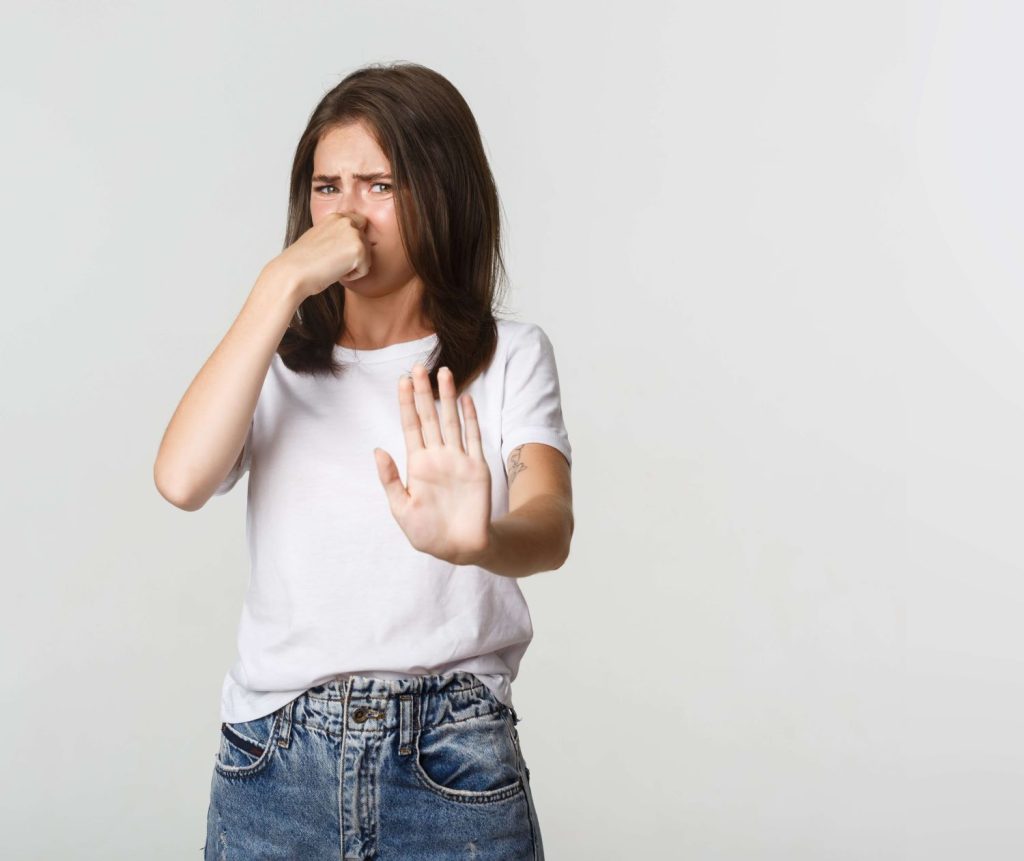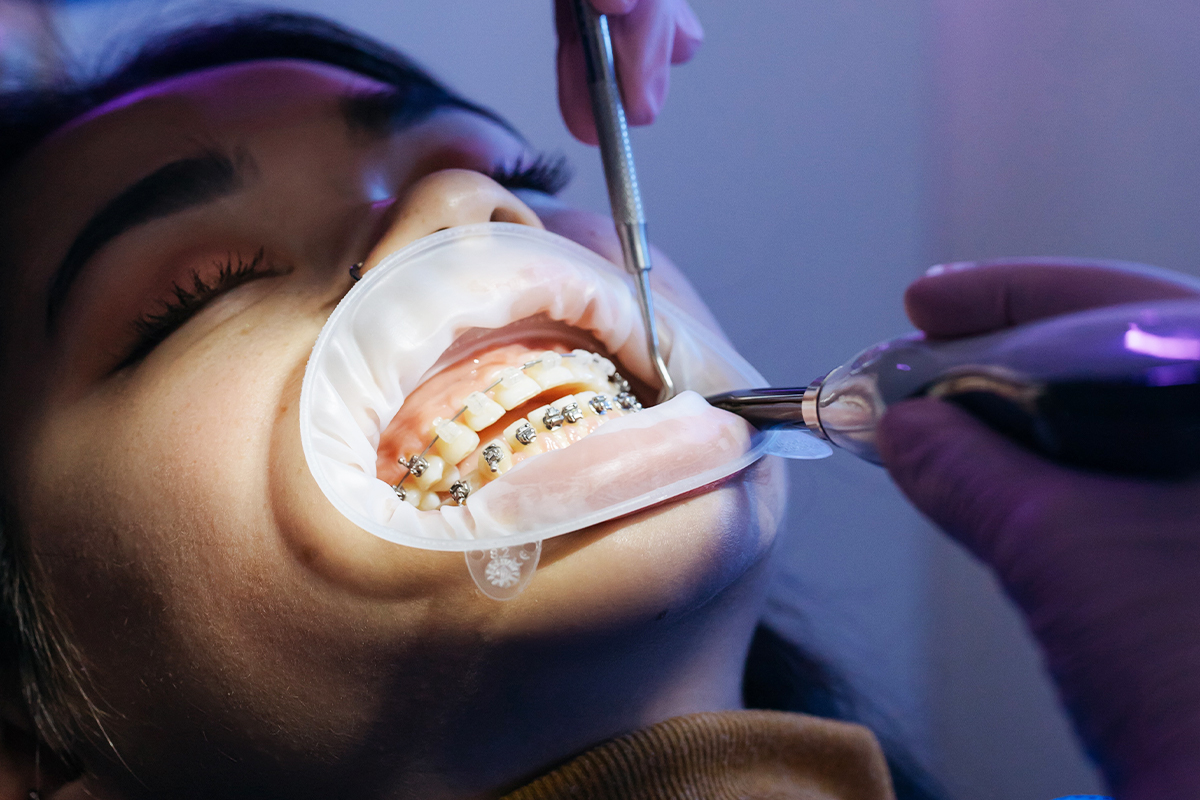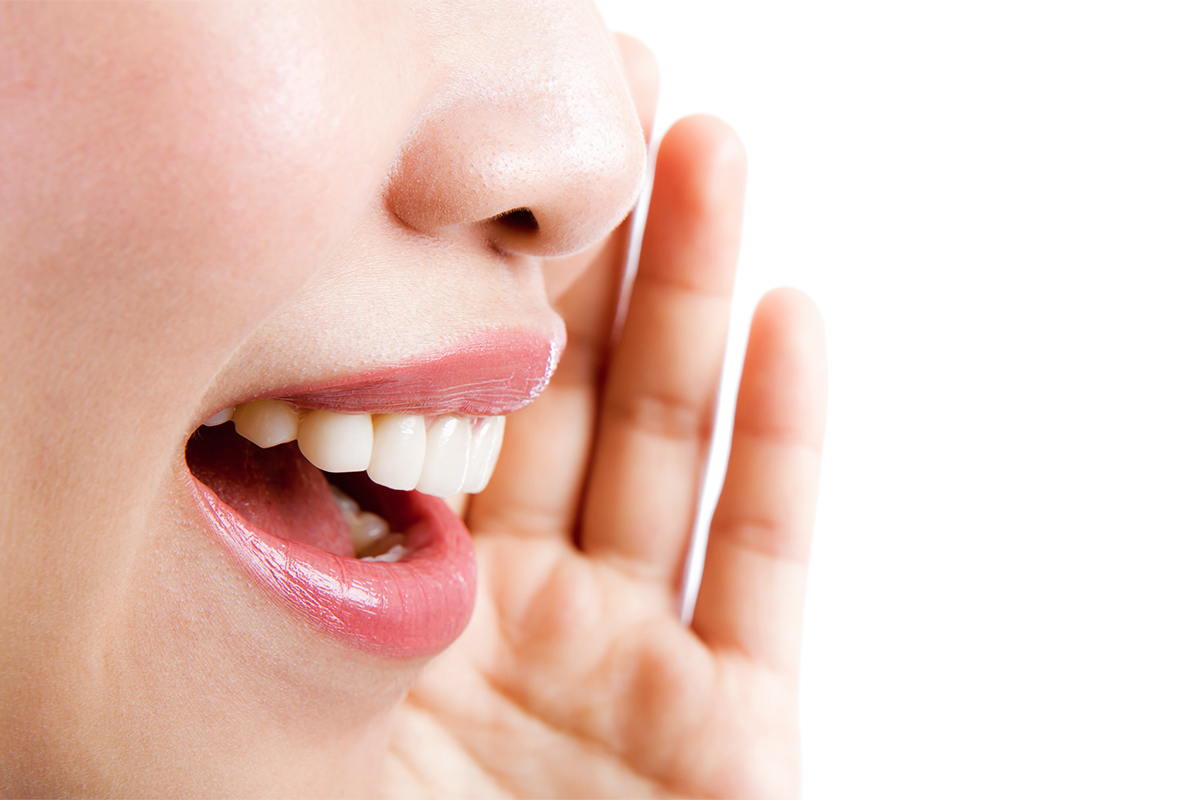Bad breath, medically known as halitosis, is one of the most common and unpleasant issues people face in everyday life. Although it is sometimes solely associated with inadequate oral hygiene, the causes can be much more complex and require professional diagnosis. In this blog, we will explain the causes of halitosis, methods of prevention, and effective ways to get rid of this problem.
What causes bad breath?
The most common cause of halitosis is the presence of bacteria that break down food particles in the mouth, producing volatile sulfur compounds with an extremely unpleasant odor. However, the causes can run deeper. Inadequate oral hygiene allows the accumulation of plaque, tartar, and food debris, which promotes bacterial growth. Inflammatory processes of the gums and supporting structures of the teeth, known as periodontitis, are often the silent culprit. Dry mouth, or xerostomia—a condition characterized by reduced saliva production—further supports bacterial buildup. Cavities and purulent infections can also be contributing factors, as well as residue that often accumulates on the surface of the tongue. Systemic diseases should not be overlooked either—diabetes, liver, kidney, or lung diseases can be accompanied by a characteristic odor that cannot be eliminated through standard oral hygiene practices.
higijenskim mjerama.
Diagnosis of Bad Breath
In dental practice, the first step is a thorough examination of the oral cavity. The condition of the gums, teeth, tongue, and oral mucosa is analyzed, along with the patient's daily oral hygiene habits. If no obvious cause is found within the oral cavity, the dentist may refer the patient for additional laboratory tests and consultations with other specialists, such as an otolaryngologist or internist, to rule out the presence of systemic diseases.
How to Eliminate Bad Breath?
Successfully eliminating bad breath requires a comprehensive approach. The first step is establishing thorough oral hygiene. This includes regular and proper tooth brushing, using dental floss, cleaning between the teeth, and cleaning the surface of the tongue. Regular dental check-ups and professional cleanings are important for removing tartar and deposits that cannot be eliminated at home. If bad breath is caused by cavities, infections, or gum inflammation, the dentist will provide appropriate treatment—whether it’s a filling, root canal therapy, or periodontal treatment. For patients suffering from dry mouth, increasing fluid intake is recommended, as well as stimulating saliva production by chewing sugar-free gum or using special saliva substitutes. Antiseptic mouthwashes containing chlorhexidine, cetylpyridinium chloride, or natural essential oils can also be helpful in combating bad breath. In cases where the cause lies outside the oral cavity, a team-based approach and collaboration with other specialists allow for accurate diagnosis and treatment of the underlying condition causing the bad breath.
Conclusion
Bad breath is not a problem that should be ignored or masked with breath fresheners. It is often a sign of an underlying imbalance in the body that needs to be addressed with a professional approach. If you notice that you have persistent bad breath despite regular tooth brushing, consult your dentist. Proper diagnosis and treatment are the key to a fresh and healthy smile.






